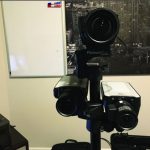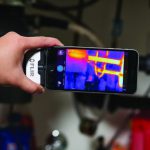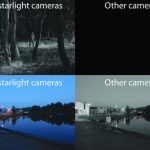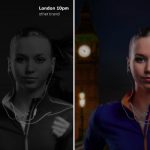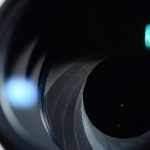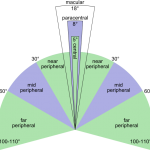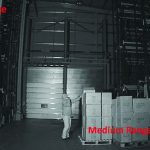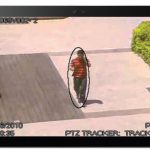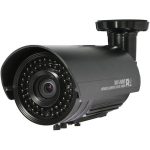13 Low-Light Video Surveillance Tips to Enlighten Your Solutions

“Low-Light” May Take on Different Meanings
In a typical parking lot with minimal lighting, you might have 5 lux of light. That is equivalent of walking into your closet and shutting the door.
But we now have cameras that can maintain a color image in light conditions where you could not even see your hand in front of your face. A typical IR camera will capture images between 1 lux and 0.1 lux.
Some of these starlight-type cameras will start around .01 lux and go down to 0.00001 lux. “I have seen those cameras get some pretty impressive images where it seems almost completely dark and produces a view that’s nearly daytime-looking video,” exclaims Petrao.
According to Mitchell at IC Realtime, Sony’s Starvis sensors can increase light sensitivity dramatically. Indeed, new low- and ultralow-light sensors are now able to pick up an image at incredibly low light levels.
However, camera makers are starting to get caught up in the marketing game, so to speak, racing to see how many zeros they can put in front of their lux light level (can you say, “0.00001 lux”?) capability.
“You’re starting to get are these improvements in the sensor technology,” says Petrao. “Each individual pixel is getting better at picking up light. These are very low-light sensors that can pick up an image from what would have been a completely black image just a few years ago.
“They can actually make an almost black picture look like a near-daytime picture. There is some pretty impressive stuff going on. Most of that is done through the sensor,” he says.
The reality is that very rarely will a security integrator encounter a scenario where there is complete darkness. There is likely always going to be some ambient light to work with from street lamps, the moon or even the stars.
